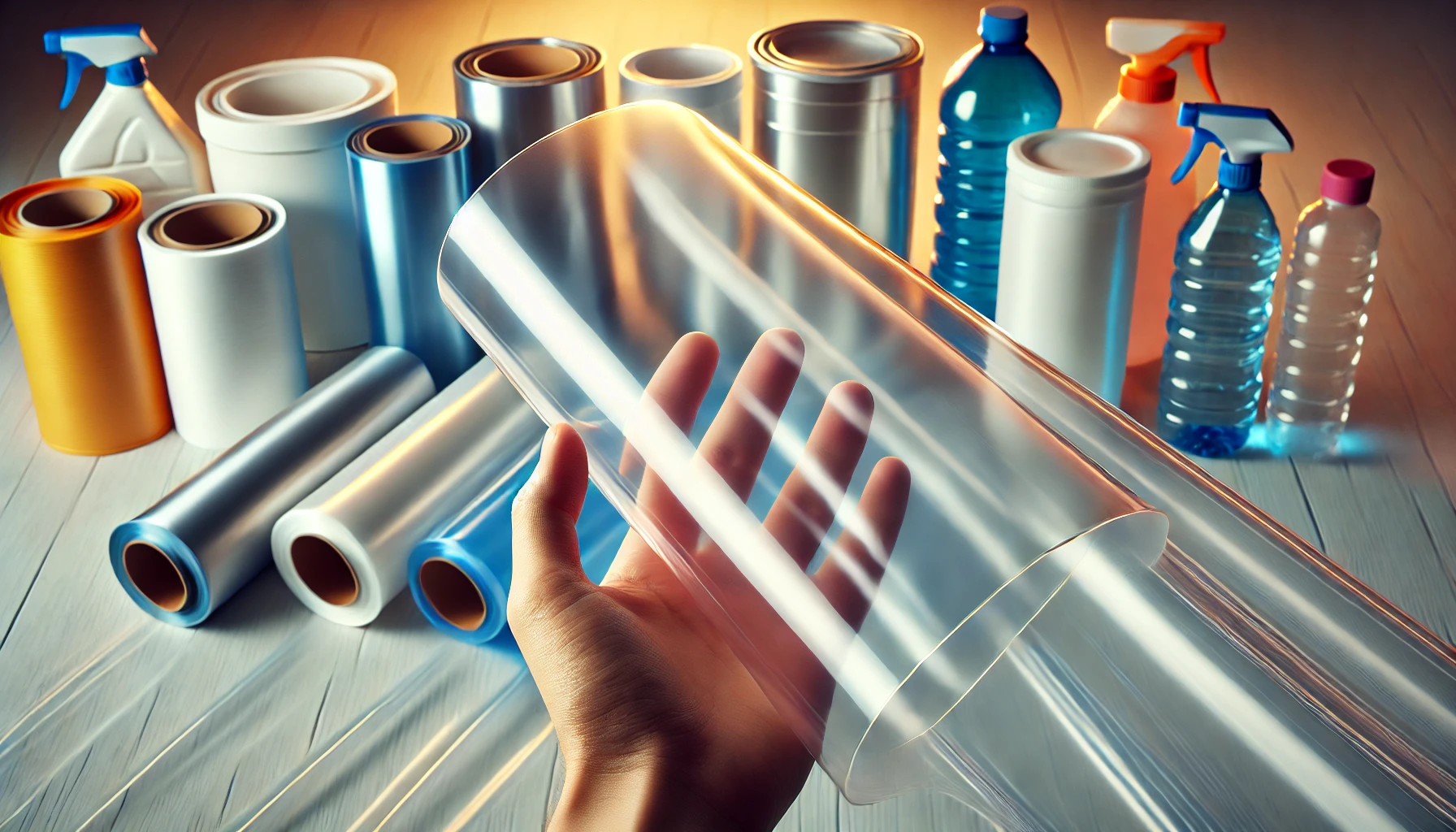Con la crescente preoccupazione per l'inquinamento da plastica, il riciclaggio di pellicole di plastica PE (polietilene) e PP (polipropilene) è diventato una componente critica degli sforzi di protezione ambientale. Queste pellicole sono comunemente utilizzate in applicazioni di imballaggio, agricoltura e industriali, ma sono notoriamente difficili da decomporre naturalmente dopo lo smaltimento. Pertanto, è fondamentale capire come riciclare efficacemente questi materiali.
1. Characteristics of PE/PP Plastic Film
PE and PP plastic films offer advantages such as being waterproof, abrasion-resistant, and lightweight, making them widely used in various types of packaging. Although their lifespan is short, these plastics can be recycled and reused to minimize their environmental impact.
2. The Recycling Process for Plastic Film
The recycling process for PE/PP plastic films generally involves the following steps:
- Raccolta e ordinamento: Separate different types of plastic film, such as clear film, colored film, and multilayer composite film.
- Cleaning and Drying: Remove dirt, grease, and labels from the plastic surface. This typically involves washing and drying techniques to ensure the material is clean.
- Shredding and Compacting: Use recycling equipment (such as shredders and compactors) to cut the plastic film into small pieces for further processing.
- Fusione ed estrusione: Heat and melt the clean, dry plastic fragments, and process them into plastic pellets through an extruder. These pellets can then be used as raw materials for manufacturing other plastic products.
3. Using the Right Recycling Equipment
Choosing the right equipment is key to successful recycling. Recycling machines with built-in shredding chambers, such as the PP PE Film Pellet Machine, are ideal. These machines can automatically cut, dry, and compact plastic, making it easier to enter the extrusion process.
4. Challenges and Solutions
Common challenges in recycling PE/PP plastic film include the presence of printing inks, varying levels of material contamination, and diverse film thicknesses. Efficient recycling equipment and cleaning technologies can help overcome these issues, improving both recycling output and product quality.
5. Environmental Benefits of Recycling
Recycling PE/PP plastic film reduces the environmental impact of landfill and incineration, while conserving resources and energy needed to produce new plastics. Effective recycling technologies can transform these films into new products, extending their lifecycle and promoting the development of a circular economy.
Conclusione
Recycling PE/PP plastic film is a critical step in addressing plastic pollution. By carefully selecting equipment, optimizing processes, and overcoming challenges, plastic film recycling can achieve both environmental and economic benefits.



